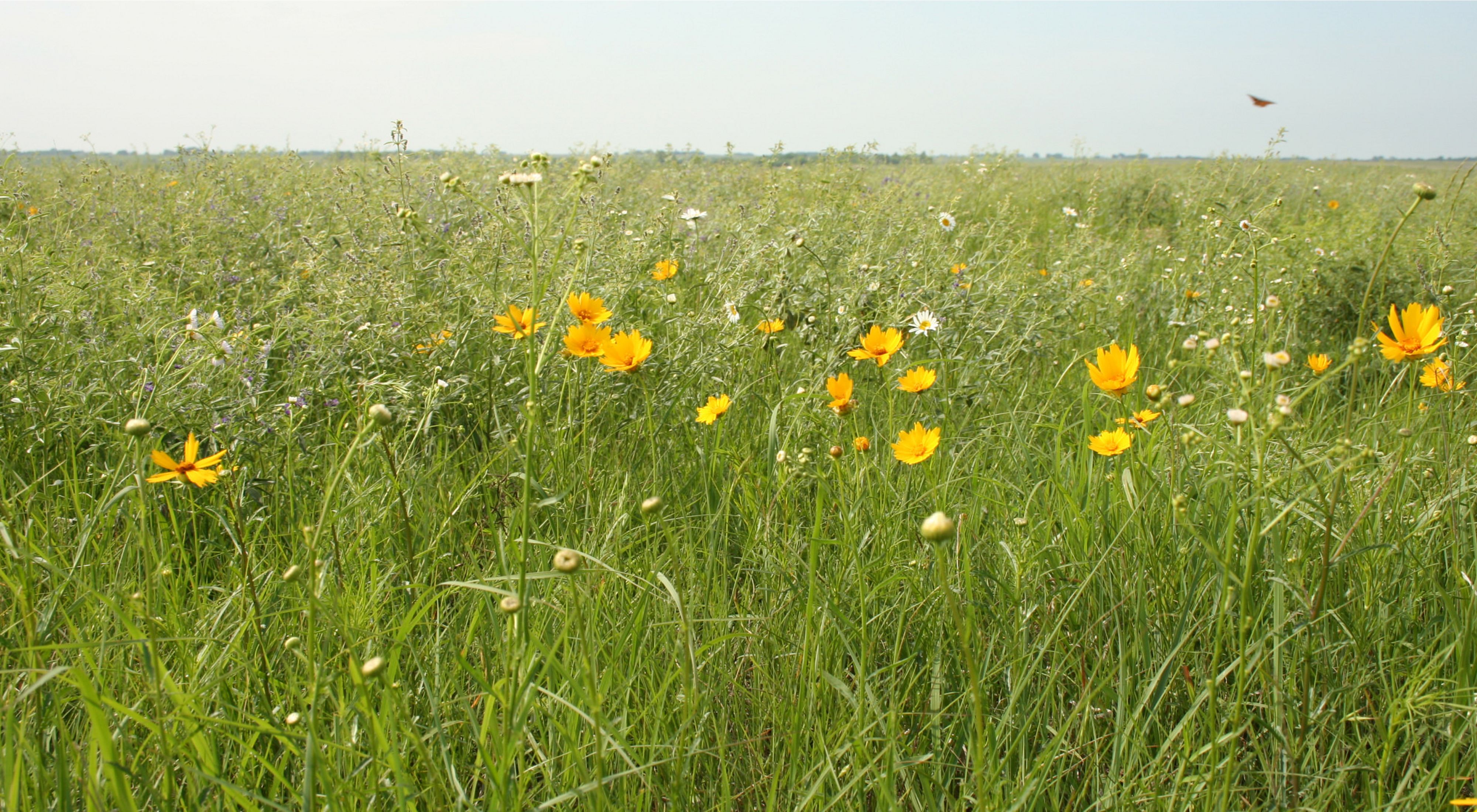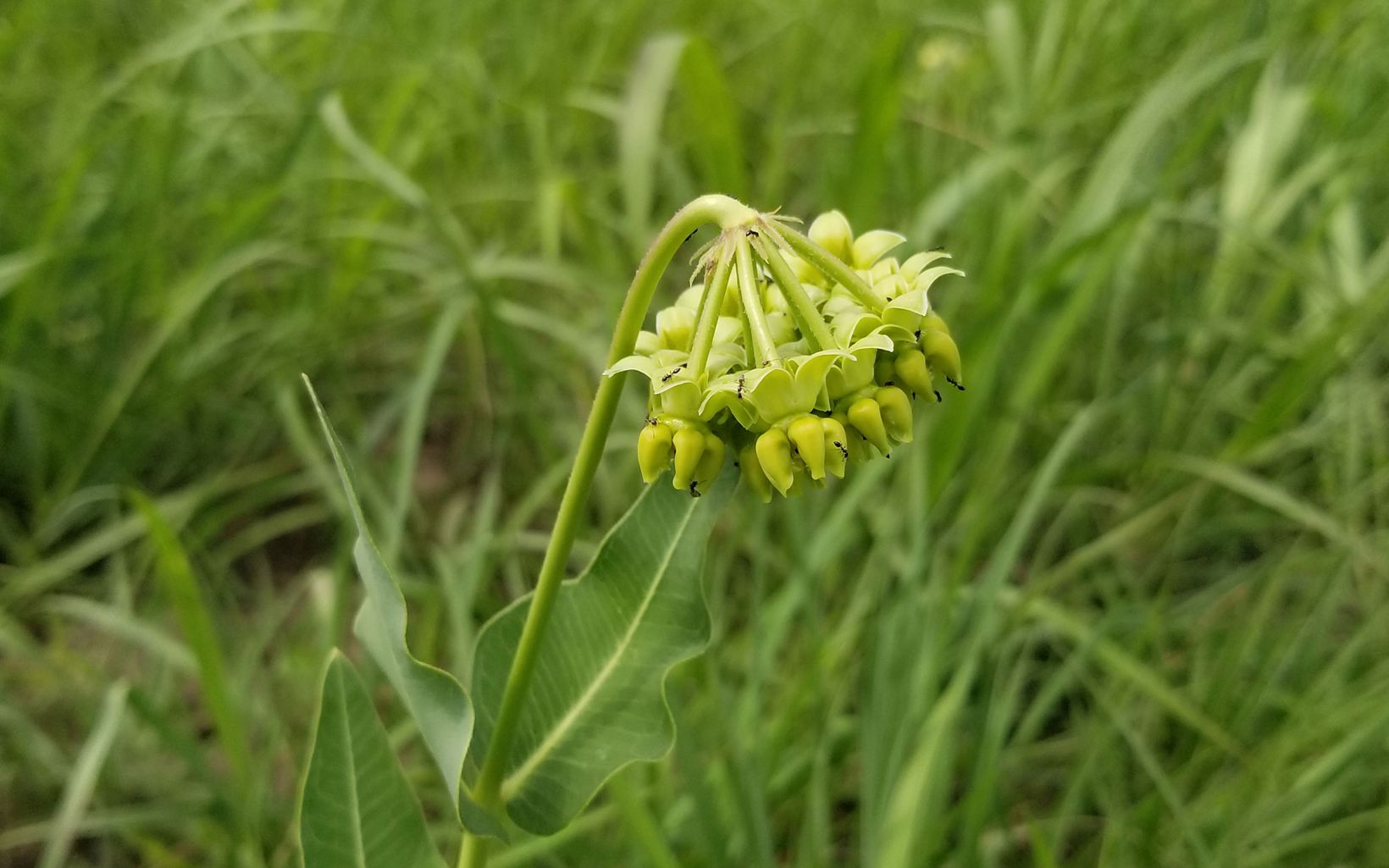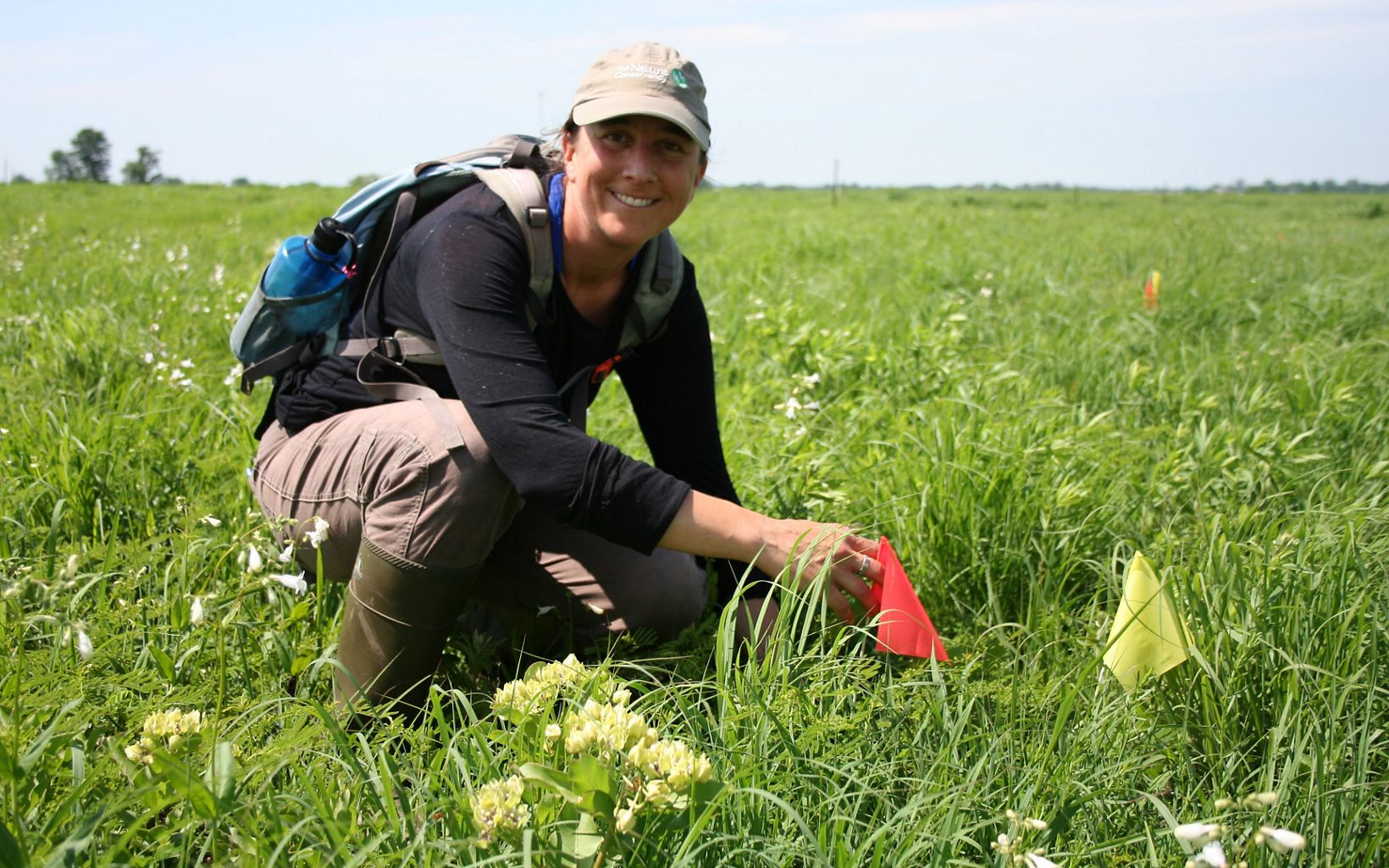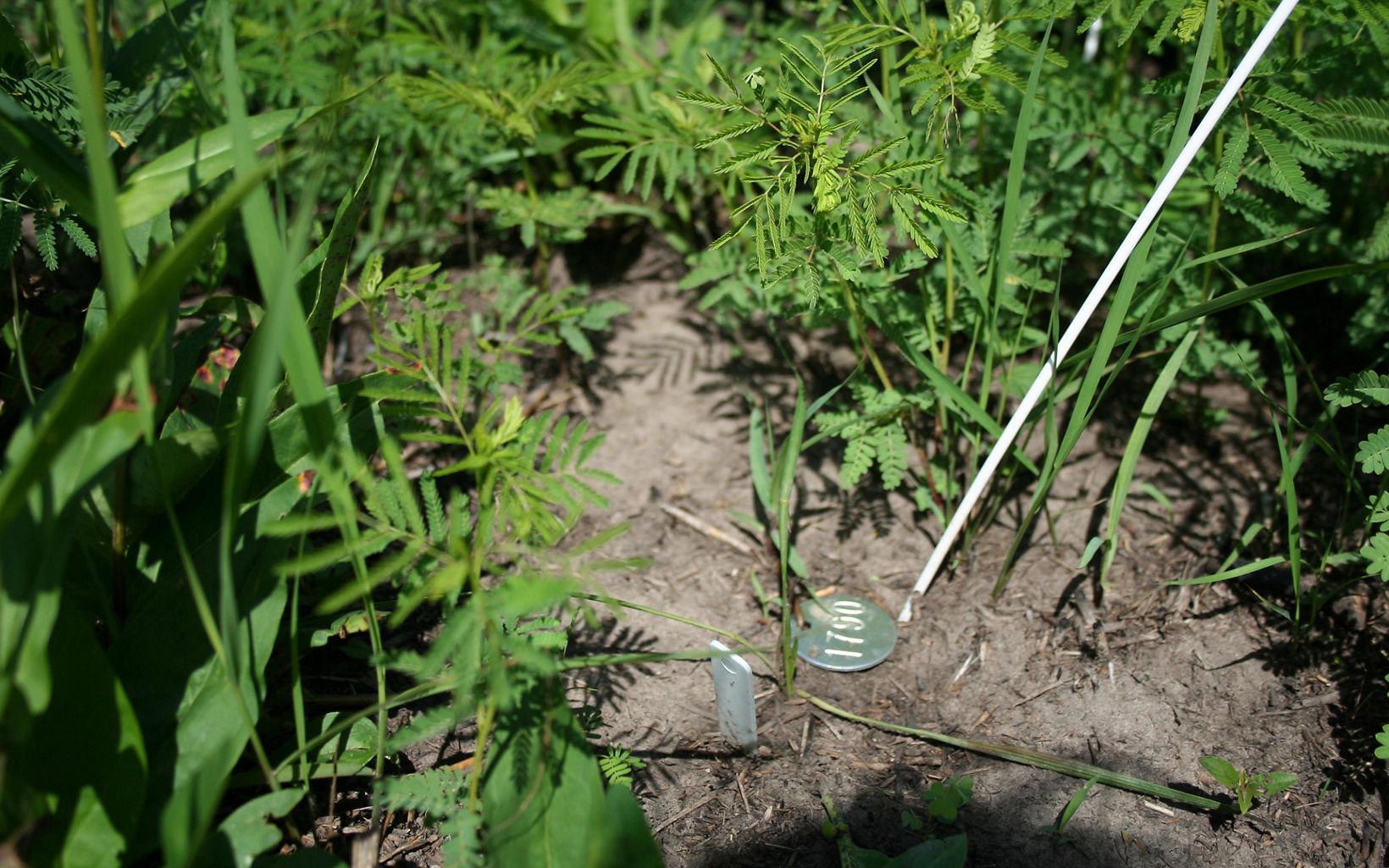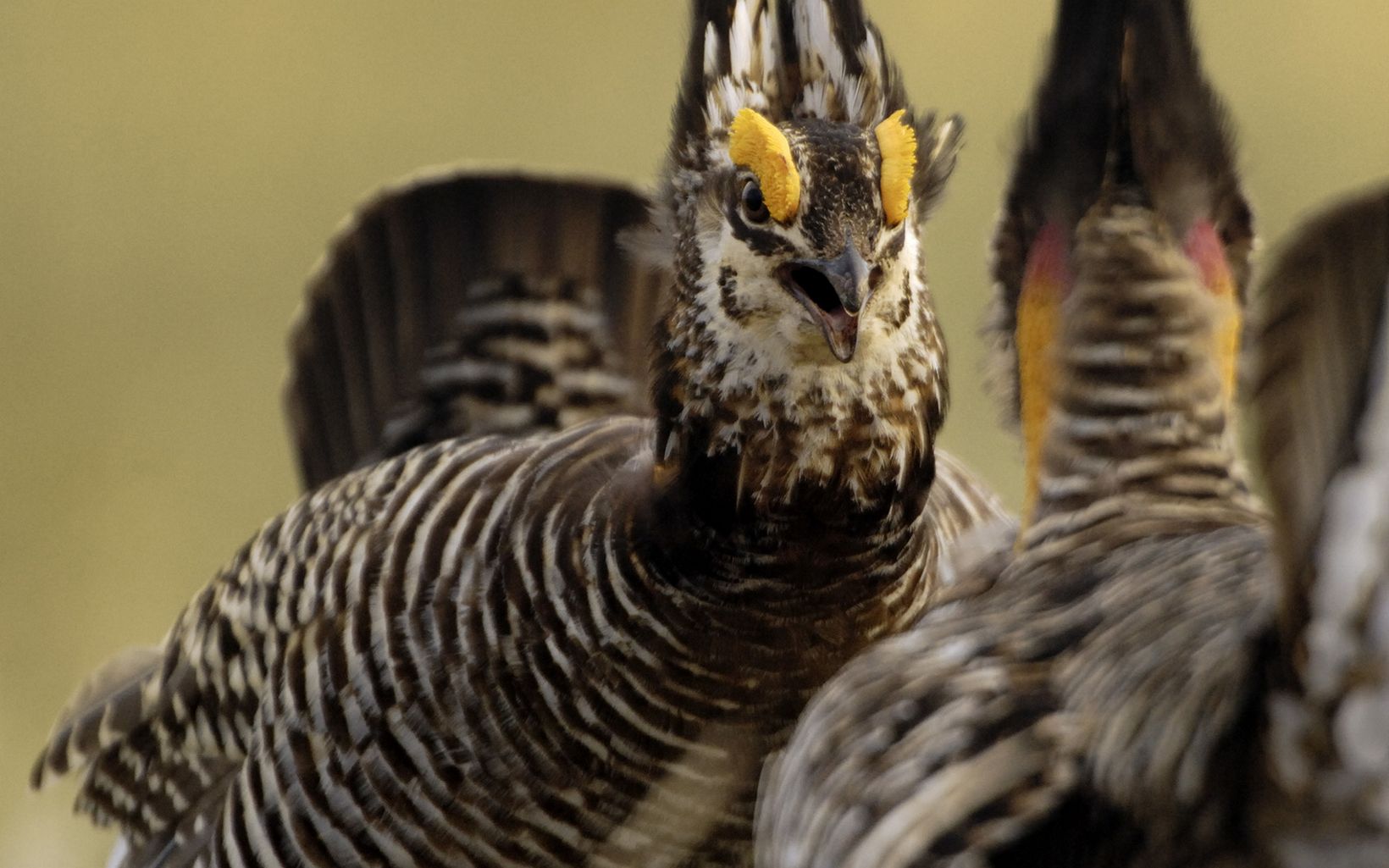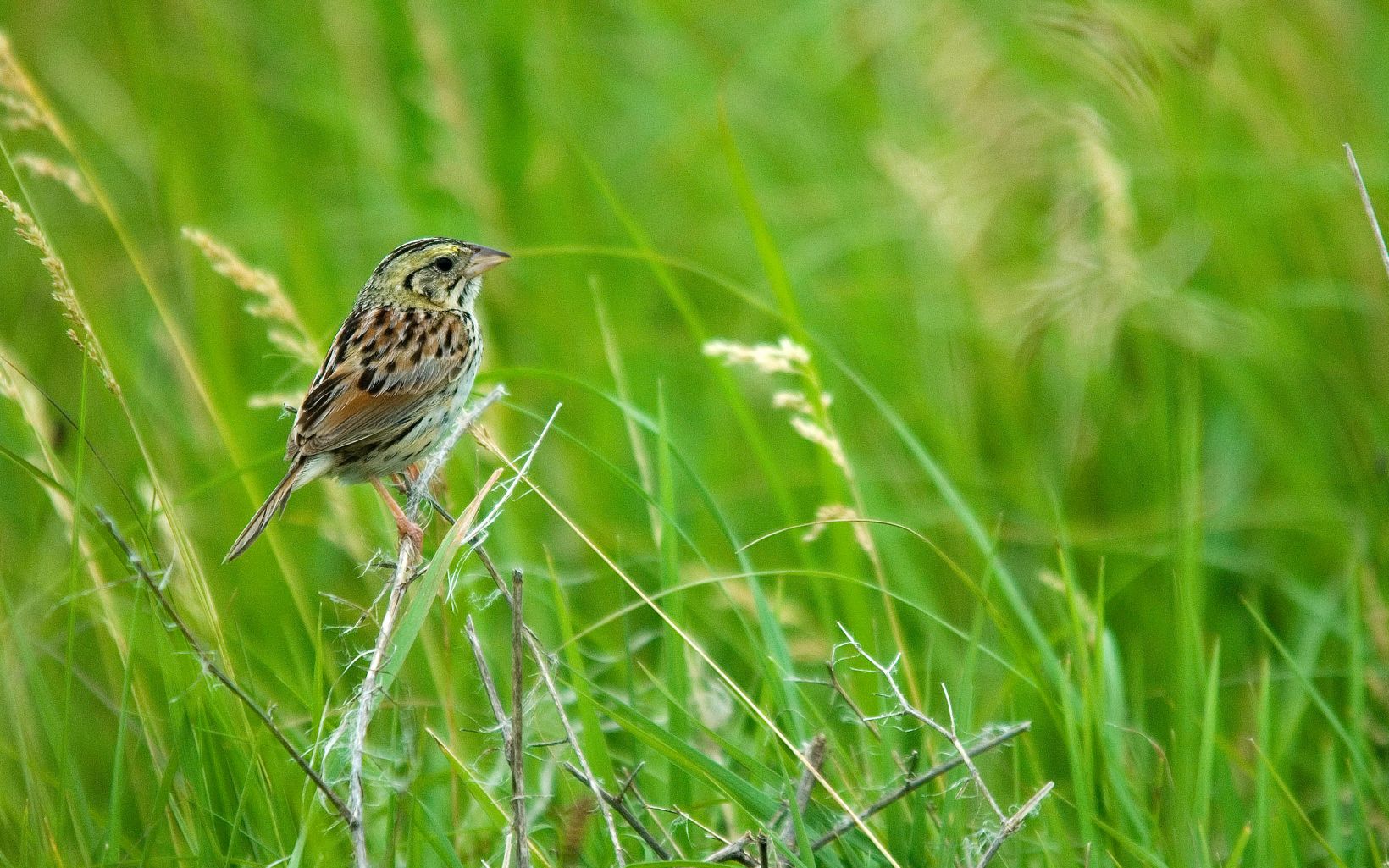Description
The Anderson County Prairies are a precious remaining fragment of the millions of acres of tallgrass prairie that once covered more than 170 million acres, from Canada through Texas and as far as Ohio in the east. Most tallgrass prairie has been converted to cropland, making the once expansive landscape North America's most-altered ecosystem in terms of acres lost. Of the roughly four percent that remains today, most (about 2/3) survives in the Flint Hills of Kansas and Oklahoma. Just to the north and east of the Flint Hills lies a special pocket of tallgrass prairie in Anderson County, Kansas.
Anderson County’s deeper soils and higher annual rainfall provide unique plant communities and species more diverse than the more recognized prairies of the Flint Hills. This fertile landscape abounds with healthy populations of native grasses—big bluestem, Indian grass, switchgrass—and wildflowers such as purple coneflower, leadplant, prairie clover, black-eyed Susan, prairie gentian and spiderwort. These prairies are best known for housing some of the only known reproducing populations of Mead’s milkweed on Earth. Mead’s milkweed is a small green-flowered milkweed that should be found in eastern Kansas and in Missouri but was listed as a threatened species by the federal government in 1988.
In the mid-1990s, The Nature Conservancy purchased 128 acres in Anderson County to protect this special plant. Over time, the nature preserve has grown to 1,143 acres.
In addition to protecting this special plant population, the preserve functions as an outdoor laboratory for the Kansas Biological Survey, a research center at the University of Kansas. Research projects target plants like Mead's milkweeed but also grassland bird species (greater prairie-chicken, dickcissel, Henlow's sparrow), pollinators (bees and butterflies) and fire in the prairie.
